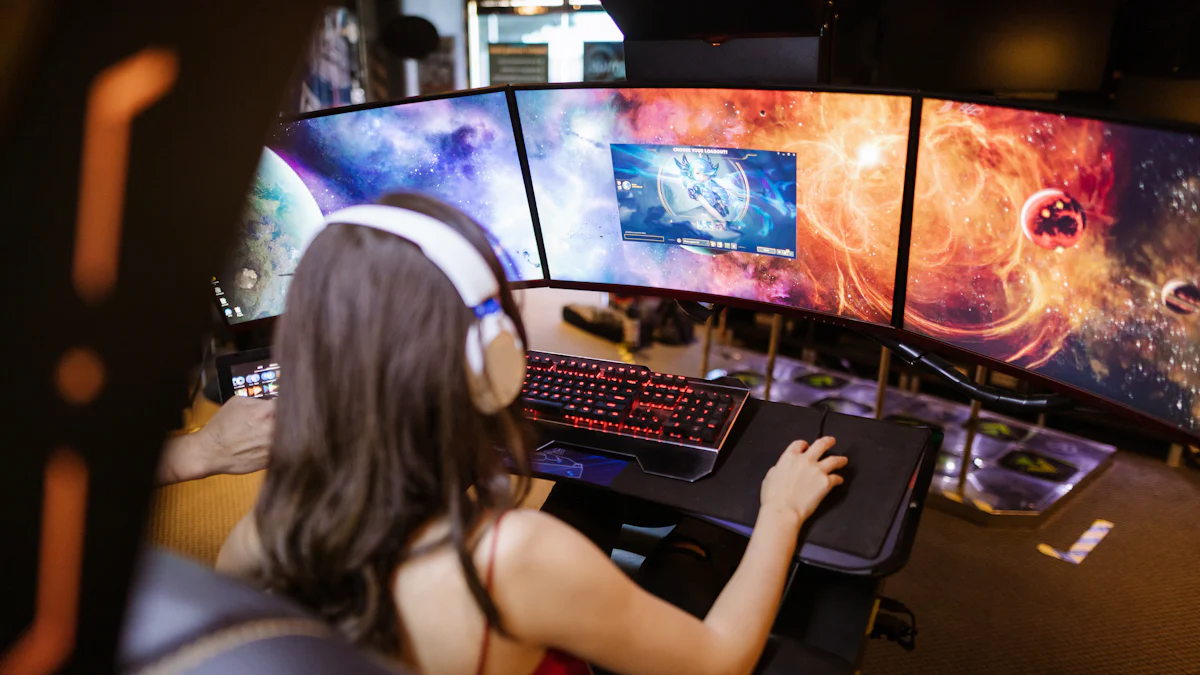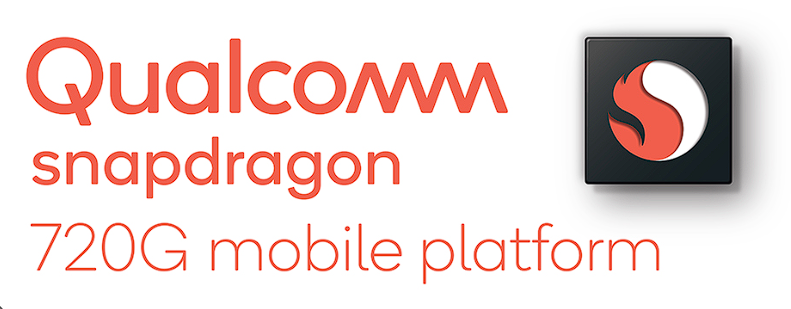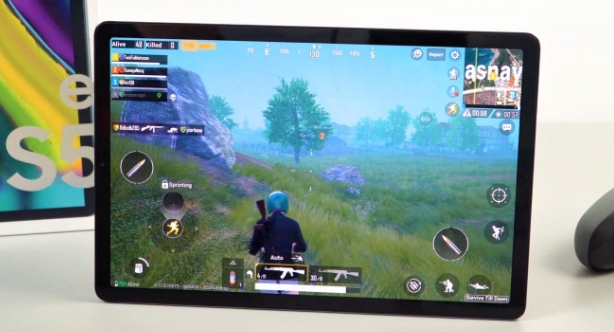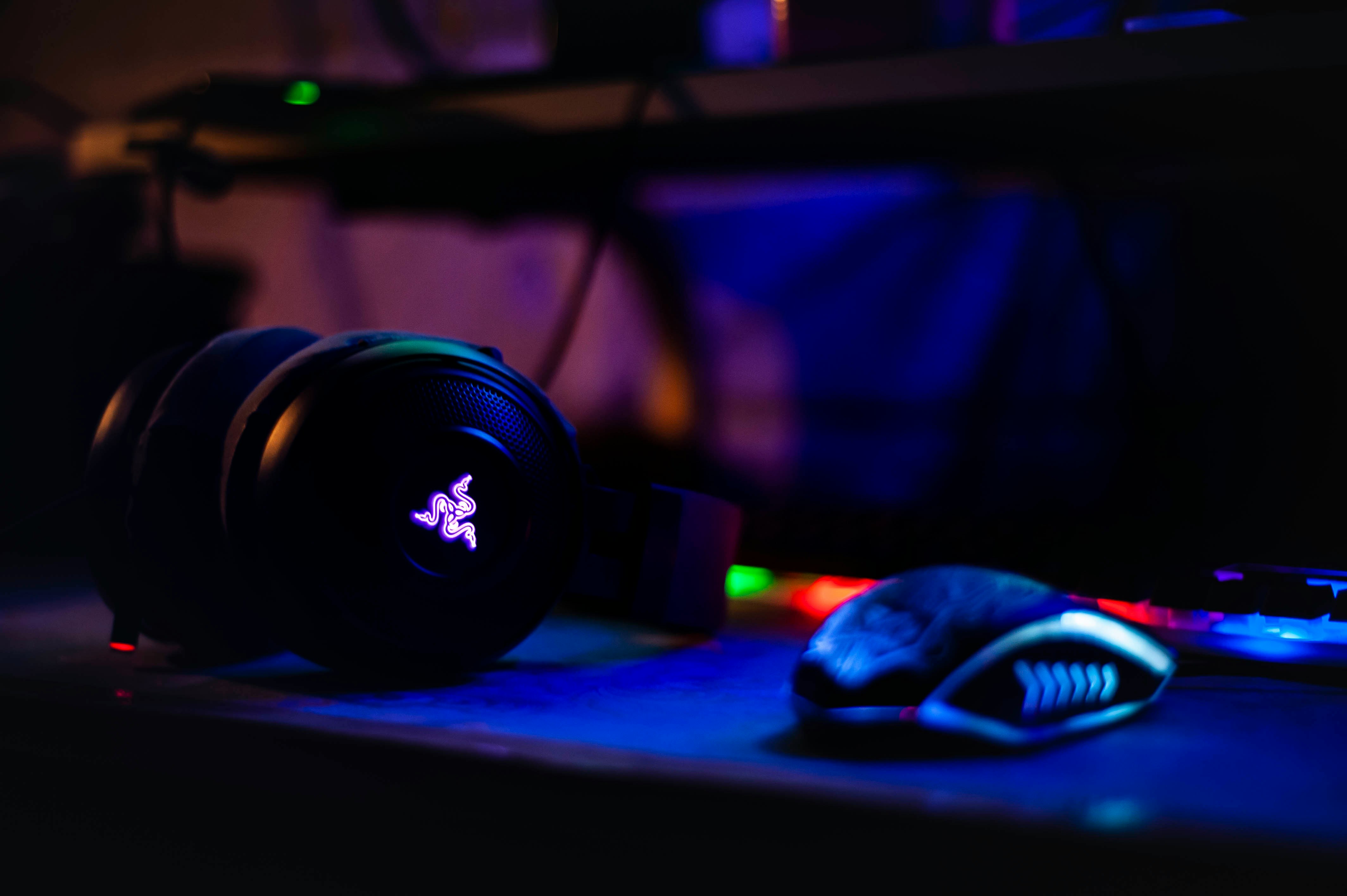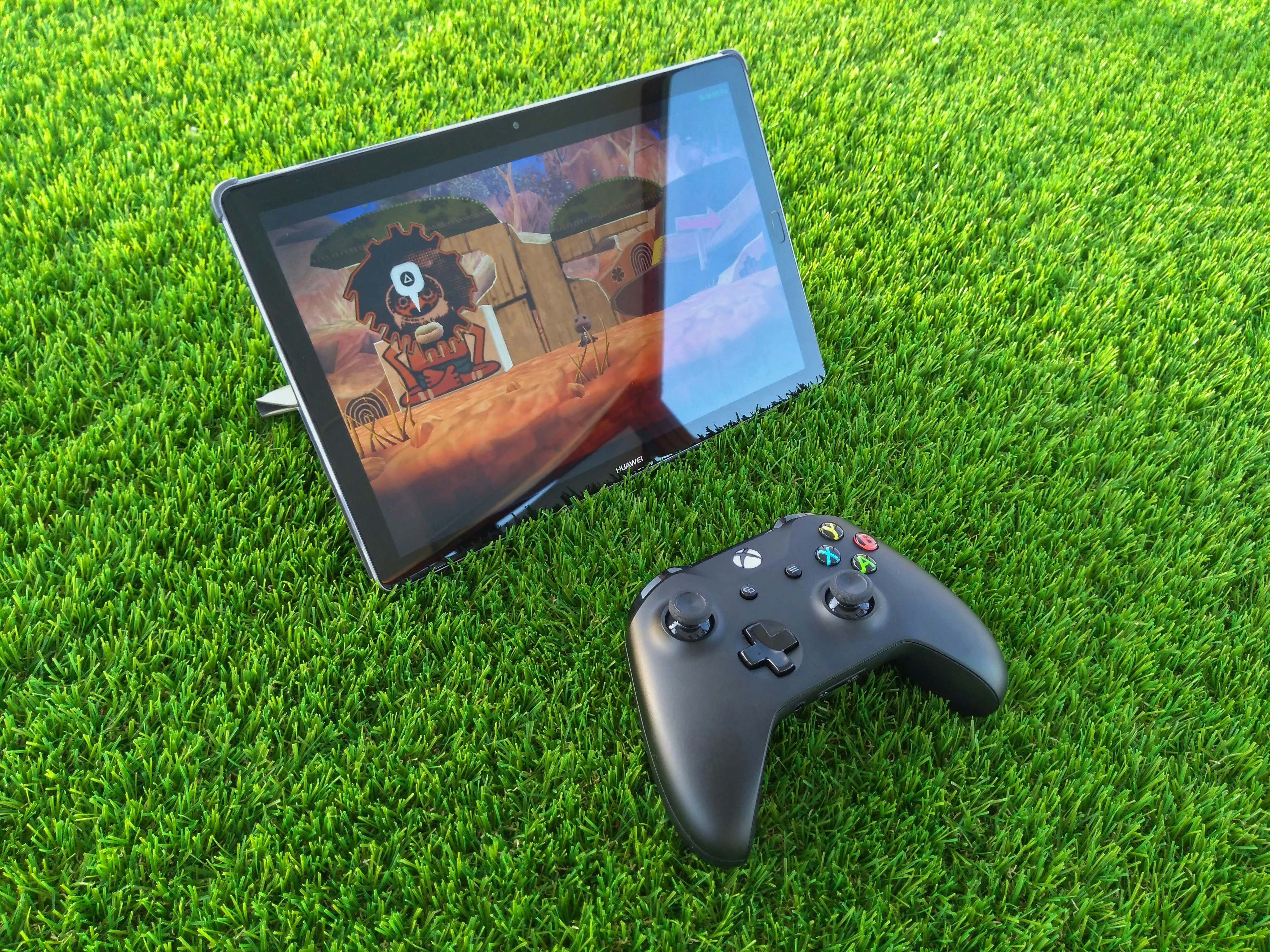- Explore
- Blog
- Mali G68 MP4 vs Snapdragon 888: Which GPU Reigns Supreme?
Mali G68 MP4 vs Snapdragon 888: Which GPU Reigns Supreme?
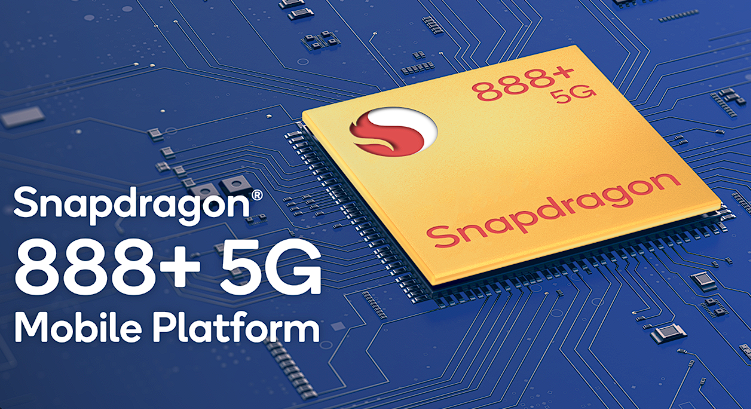
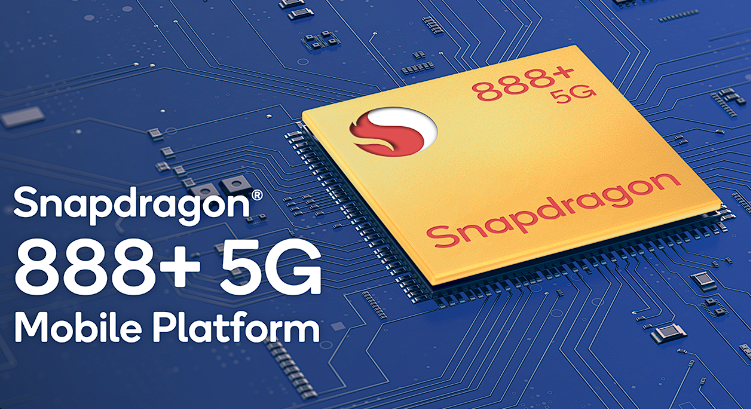
Graphics Processing Units (GPUs) have become essential in mobile devices, enhancing your experience with high-quality graphics and efficient performance. The comparison of the Mali G68 MP4 vs Snapdragon 888 highlights two prominent GPUs in the market today. As you explore the capabilities of these GPUs, you'll discover their impact on gaming, augmented reality, and virtual reality applications. This comparison aims to help you understand which GPU reigns supreme in terms of performance and efficiency, providing valuable insights into the evolving landscape of mobile graphics technology.
Technical Specifications
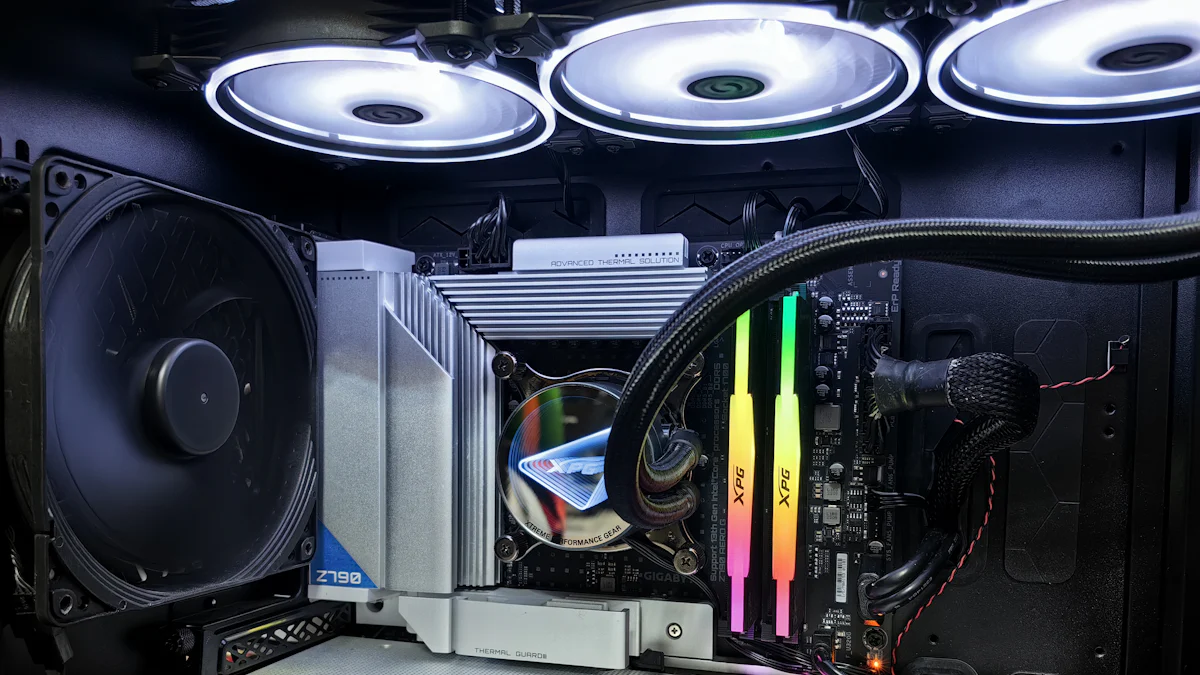
Architecture
Mali G68 MP4 Architecture
The Mali G68 MP4 GPU uses the Valhall architecture, which ARM designed for efficiency and performance. You will find this architecture in many mid-range devices. It features four cores, which balance power and efficiency. The Valhall architecture supports modern graphics APIs like Vulkan and OpenGL ES 3.1. This support ensures that you can enjoy a wide range of applications and games with decent graphics quality.
Snapdragon 888 Architecture
The Snapdragon 888's Adreno 660 GPU showcases Qualcomm's advanced architecture. It focuses on delivering high performance for flagship devices. The architecture supports cutting-edge graphics technologies, providing you with superior visual experiences. With its design, the Adreno 660 can handle demanding tasks like high-end gaming and augmented reality applications. This capability makes it a top choice for users seeking premium performance.
Process Technology
Mali G68 MP4 Process Technology
The Mali G68 MP4 utilizes a 5 nm manufacturing process. This process enhances the GPU's efficiency and performance. By using smaller transistors, the GPU consumes less power while maintaining good performance levels. This efficiency benefits you by extending battery life in your device, allowing for longer usage without frequent charging.
Snapdragon 888 Process Technology
The Snapdragon 888 also employs a 5 nm process technology. This advanced process allows the Adreno 660 GPU to achieve high performance with improved power efficiency. You will notice that devices with this GPU can handle intensive tasks without overheating quickly. The 5 nm process contributes to better thermal management, ensuring that your device remains cool during extended use.
Performance Metrics
Benchmark Scores
AnTuTu and Geekbench Results
When you evaluate GPUs, benchmark scores provide a clear picture of their capabilities. The Snapdragon 888, with its Adreno 660 GPU, consistently achieves high scores on platforms like AnTuTu and Geekbench. These scores reflect its superior performance in handling complex tasks. For instance, the Snapdragon 888 often surpasses its predecessors and competitors, showcasing its prowess in graphics processing.
In contrast, the Mali G68 MP4, while efficient, typically scores lower on these benchmarks. This GPU is designed for mid-range devices, which explains its modest performance compared to the Snapdragon 888. However, it still offers respectable results, especially considering its focus on power efficiency and cost-effectiveness.
Real-world Performance
Gaming and Multimedia Performance
In real-world scenarios, the Snapdragon 888 excels in gaming and multimedia applications. You will notice smoother gameplay and faster load times, especially in graphics-intensive games. The Adreno 660 GPU handles high-resolution textures and complex visual effects with ease, providing an immersive experience.
The Mali G68 MP4, while not as powerful, still delivers satisfactory performance for most casual games and multimedia tasks. You can enjoy popular titles at medium settings without significant lag or stutter. This GPU strikes a balance between performance and efficiency, making it suitable for everyday use.
Average Gaming Qualcomm Adreno
The average gaming performance of the Snapdragon 888's Adreno 660 GPU sets a high standard. It consistently delivers high frame rates and detailed graphics, enhancing your gaming experience. This GPU is particularly adept at maintaining performance over extended sessions, thanks to its advanced thermal management.
Key Features
Mali G68 MP4 Features
Efficiency and Power Consumption
The Mali G68 MP4 GPU stands out for its efficiency. You will appreciate its ability to balance performance with power consumption. This GPU uses a 5 nm manufacturing process, which allows it to operate with lower power requirements. As a result, your device can enjoy extended battery life, making it ideal for users who prioritize longevity over raw power. The Mali G68 MP4 consumes between 2.95W to 7.55W depending on the task, ensuring that your device remains cool and efficient during everyday use.
Compatibility and Support
When it comes to compatibility, the Mali G68 MP4 offers broad support for modern graphics APIs such as Vulkan and OpenGL ES 3.1. This ensures that you can run a wide range of applications and games smoothly. The GPU's architecture supports various mid-range devices, making it a versatile choice for users who want reliable performance without the need for a flagship device. You will find this GPU in devices like the Samsung Galaxy A34 5G and Lenovo Tab P12, providing a consistent experience across different platforms.
Snapdragon 888 Features
Efficiency and Power Consumption
The Snapdragon 888 features the Adreno 660 GPU, known for its high performance and efficiency. You will notice that this GPU also benefits from a 5 nm process technology, which enhances its power efficiency. Despite its high performance, the Adreno 660 manages to maintain reasonable power consumption levels, allowing your device to handle intensive tasks without overheating quickly. This efficiency is crucial for maintaining performance during extended gaming sessions or when using demanding applications.
Compatibility and Support
With the Snapdragon 888, you gain access to a GPU that supports cutting-edge graphics technologies. The Adreno 660 is compatible with the latest graphics APIs, ensuring that you can enjoy the most advanced visual experiences available. This GPU excels in high-end gaming and augmented reality applications, providing you with superior graphics performance. You will find the Snapdragon 888 in flagship devices, making it a top choice for users who demand the best in mobile graphics technology.
Pros and Cons
Mali G68 MP4 Pros and Cons
Advantages
Efficiency: The Mali G68 MP4 excels in power efficiency. You will benefit from its 5 nm manufacturing process, which ensures lower power consumption. This efficiency translates to longer battery life, making it ideal for users who prioritize device longevity.
Compatibility: This GPU supports modern graphics APIs like Vulkan and OpenGL ES 3.1. You can enjoy a wide range of applications and games with decent graphics quality. Its compatibility with mid-range devices offers versatility without the need for a flagship device.
Cost-Effectiveness: The Mali G68 MP4 provides a balance between performance and cost. You get reliable performance for everyday tasks without breaking the bank. This makes it an attractive option for budget-conscious consumers.
Disadvantages
Performance Limitations: While efficient, the Mali G68 MP4 falls short in high-end gaming and graphics-intensive applications. You might experience lower frame rates and less detailed graphics compared to more powerful GPUs.
Mid-Range Target: Designed for mid-range devices, this GPU may not meet the demands of users seeking top-tier performance. If you require cutting-edge graphics capabilities, you might find the Mali G68 MP4 lacking.
Snapdragon 888 Pros and Cons
Advantages
High Performance: The Snapdragon 888's Adreno 660 GPU delivers exceptional performance. You will experience smooth gameplay and fast load times in graphics-intensive games. Its ability to handle demanding tasks makes it a top choice for high-end users.
Advanced Features: With support for the latest graphics technologies, the Adreno 660 offers superior visual experiences. You can enjoy high-end gaming and augmented reality applications with ease, thanks to its advanced architecture.
Thermal Management: Despite its high performance, the Snapdragon 888 maintains reasonable power consumption levels. You will notice that your device handles intensive tasks without overheating quickly, ensuring consistent performance.
Disadvantages
Power Consumption: The Snapdragon 888 consumes more power during peak performance. You might experience shorter battery life during extended gaming sessions or when using demanding applications.
Thermal Constraints: While it manages heat well, the Snapdragon 888 can still face thermal throttling under prolonged heavy use. You may notice a drop in performance during extended gaming or graphics-intensive tasks.
Samsung Galaxy Tab and Mobile Devices
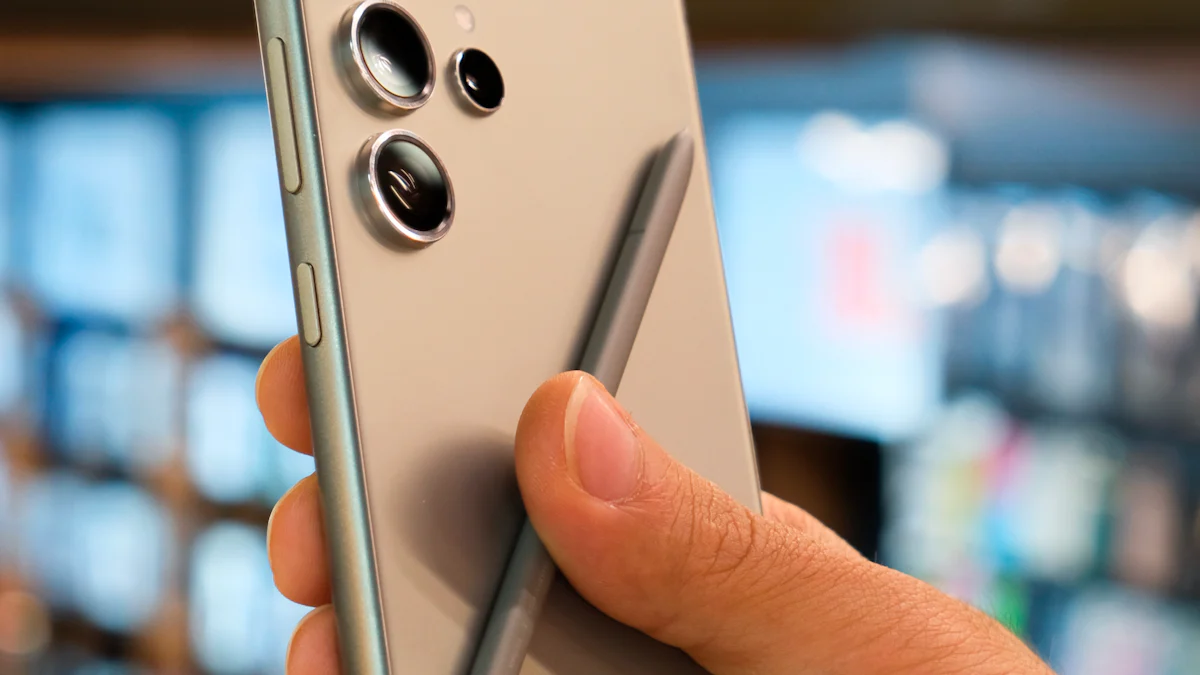
Integration in Mobile Devices
Use in Samsung Galaxy Tab
The Samsung Galaxy Tab series showcases the integration of advanced GPUs like the Mali G68 MP4 and Snapdragon 888. These GPUs enhance your experience by delivering superior graphics performance, crucial for tasks like video conferencing, streaming, and gaming. The Samsung Galaxy Tab leverages these GPUs to provide you with seamless multitasking capabilities and vibrant display quality, making it a popular choice for both work and entertainment.
The Snapdragon 888, with its Adreno 660 GPU, powers some models of the Samsung Galaxy Tab, offering you high-end gaming and multimedia experiences. This GPU excels in handling demanding applications, ensuring that you enjoy smooth gameplay and fast load times. The Adreno GPU's efficiency also contributes to better battery life, allowing you to use your device for extended periods without frequent charging.
On the other hand, the Mali G68 MP4 GPU, found in some mid-range Samsung Galaxy Tab models, provides a balance between performance and power consumption. You can enjoy casual gaming and multimedia tasks with decent graphics quality, thanks to its efficient architecture. This GPU supports modern graphics APIs, ensuring compatibility with a wide range of applications and games.
Other Mobile Devices
Beyond the Samsung Galaxy Tab, the Mali G68 MP4 and Snapdragon 888 GPUs are integrated into various mobile devices, enhancing their performance and graphics capabilities. The MediaTek Dimensity series, featuring the Mali G68 MP4, powers several mid-range smartphones, offering you efficient performance for everyday tasks. These devices, such as the Xiaomi Redmi Note series, benefit from the GPU's power efficiency, providing longer battery life and reliable performance.
In contrast, the Snapdragon 888 is a staple in flagship devices like the Asus ROG Phone and Xiaomi Redmi Note series, where high performance is paramount. The Adreno 660 GPU in these devices ensures that you experience top-tier gaming and multimedia performance, with high frame rates and detailed graphics. This GPU's advanced features make it ideal for users who demand the best in mobile graphics technology.
The integration of these GPUs in mobile devices highlights the importance of graphics processing in enhancing user experiences. Whether you prioritize efficiency or performance, the Mali G68 MP4 and Snapdragon 888 offer you options that cater to different needs and preferences.
In comparing the Mali G68 MP4 and Snapdragon 888 GPUs, you find distinct strengths in each. The Snapdragon 888 excels in high-end gaming and graphics-intensive tasks, offering superior performance and advanced features. Meanwhile, the Mali G68 MP4 provides efficient power consumption and cost-effectiveness, making it ideal for mid-range devices.
"Efficiency with which GPU processes data directly correlates with smoother gameplay."
When choosing between these GPUs, consider your needs. If you prioritize top-tier gaming and multimedia performance, the Snapdragon 888 is your best bet. For balanced performance and extended battery life, the Mali G68 MP4 serves well.







